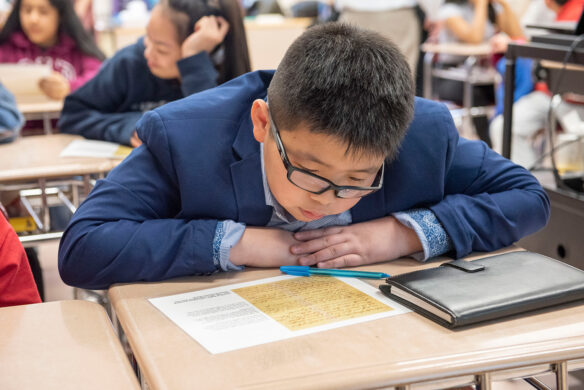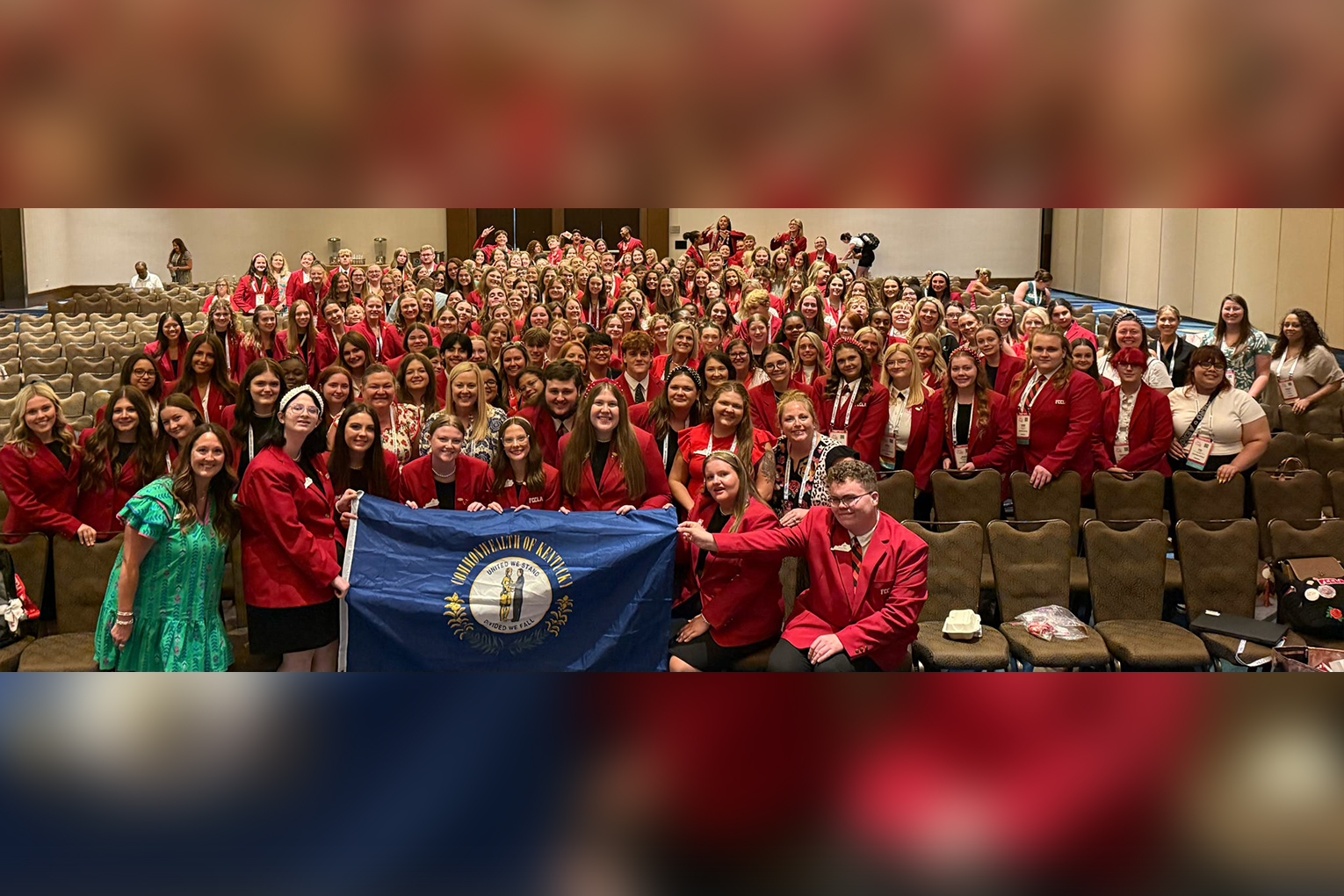
The New-York Historical Society has several curriculum guides and professional learning opportunities to help Kentucky teachers bolster their social studies lesson plans.
Photo courtesy New-York Historical Society
As Kentucky teachers look to integrate inquiry practices as part of the new Kentucky Academic Standards for Social Studies, we know adding a new teaching strategy can be a daunting task for educators who already have a full plate. Fortunately, the New-York Historical Society has a vast library of free, online curriculum guides full of resources that can help you easily incorporate inquiry-based learning into your social studies classroom.
Instead of fully scripted lesson plans, the New-York Historical Society curriculum guides provide suggestions for how educators can use our materials within their existing curriculum map. We call this the “plug-and-play” strategy, meaning you can just slide a new source into a preexisting lesson and make the same points, with the bonus that students can engage with vetted and accessible primary sources.
For example, let’s say you’re teaching the Emancipation Proclamation. You could incorporate this resource, The Evolving Language of the Emancipation Proclamation, which shows the three versions of the Emancipation Proclamation that President Abraham Lincoln wrote, to demonstrate the shifts in his approach to abolition. The resource already includes discussion questions that you can use to analyze Lincoln’s writings with students and offers suggested activities for extended learning. This is just one of thousands of materials available to you to help you integrate inquiry-based teaching strategies.
At the New-York Historical Society, we empower students to be historians. Whether they are studying pieces of art, artifacts, maps or primary source documents, we push students to spend time closely looking at an object or image, record and share their observations, and then draw conclusions based on the evidence they have compiled. This empowers them to reach conclusions about the past on their own and develop their critical thinking skills.
Each New-York Historical curriculum guide contains thematic collections of Resources and Life Stories that your students can investigate like historians in the classroom. Resources are the “stuff” of history — images, documents, artifacts, maps and more. They are accompanied by background information providing historical context, information about the primary source(s), discussion questions, vocabulary lists, and suggested activities. For primary documents, we also include a transcription and paragraph-by-paragraph summary of the text to help students at all reading levels access the content. Life Stories are brief biographies of individuals, both well-known and unfamiliar, whose experiences illuminate important topics, themes or ideas in a given era. Our materials are written for middle- and high-school students, but many are adaptable for elementary school students.
Read below to find descriptions of some of our most popular curriculum guides and learn more about professional learning opportunities provided by the New-York Historical Society:
- Women & the American Story (WAMS): Created to address the scarcity of women’s stories in the mainstream history curriculum, WAMS provides free, online materials that illustrate how women have shaped every chapter of U.S. history. The ten units of WAMS are divided thematically and chronologically to align with social studies curriculum standards from across the country. WAMS materials highlight diverse women’s stories to help teachers present a more inclusive, nuanced, and accurate representation of the past. Over 1 million unique visitors have accessed WAMS since our launch in 2019.
- Opening the Oval with David M. Rubenstein: Understanding American Power: This free curriculum website connects educators with classroom materials that explore presidential leadership and power. Comprising civics as well as history, the materials in this curriculum describe and explain the powers of the executive branch and demonstrate how different presidents have interpreted and exercised these powers in times of crisis and prosperity.
- Our Composite Nation: Frederick Douglass’ America: This free curriculum website offers classroom resources for teaching the important and prescient themes of Frederick Douglass’ “Our Composite Nation” speech, which he gave in 1869 at the height of Reconstruction. The curriculum is arranged into five thematic sections: “Composition Nation” on Tour; Absolute Equality; Composite Nationality; Religious Liberty; and Hope. Each section includes materials intended to probe and deepen our understanding of Douglass’ ideas, as well as the complex social and political challenges Americans faced in the second half of the 19th century.
- Professional Learning Opportunities: Every week, the New-York Historical Society delivers online teacher workshops that cover a variety of topics in U.S. history. All sessions take place via Zoom on Wednesdays from 6 – 7 p.m. ET at no charge. Visit the New-York Historical Society upcoming programs page for more information on upcoming programs. For schools looking for custom learning opportunities, please contact Molly DePippo.
Molly DePippo is the manager of professional learning at the New-York Historical Society. She has worked with K-12 students and teachers in several New York-area museums for more than six years. In her current role at the New-York Historical Society, she manages and facilitates national professional development programs for teachers.




Leave A Comment